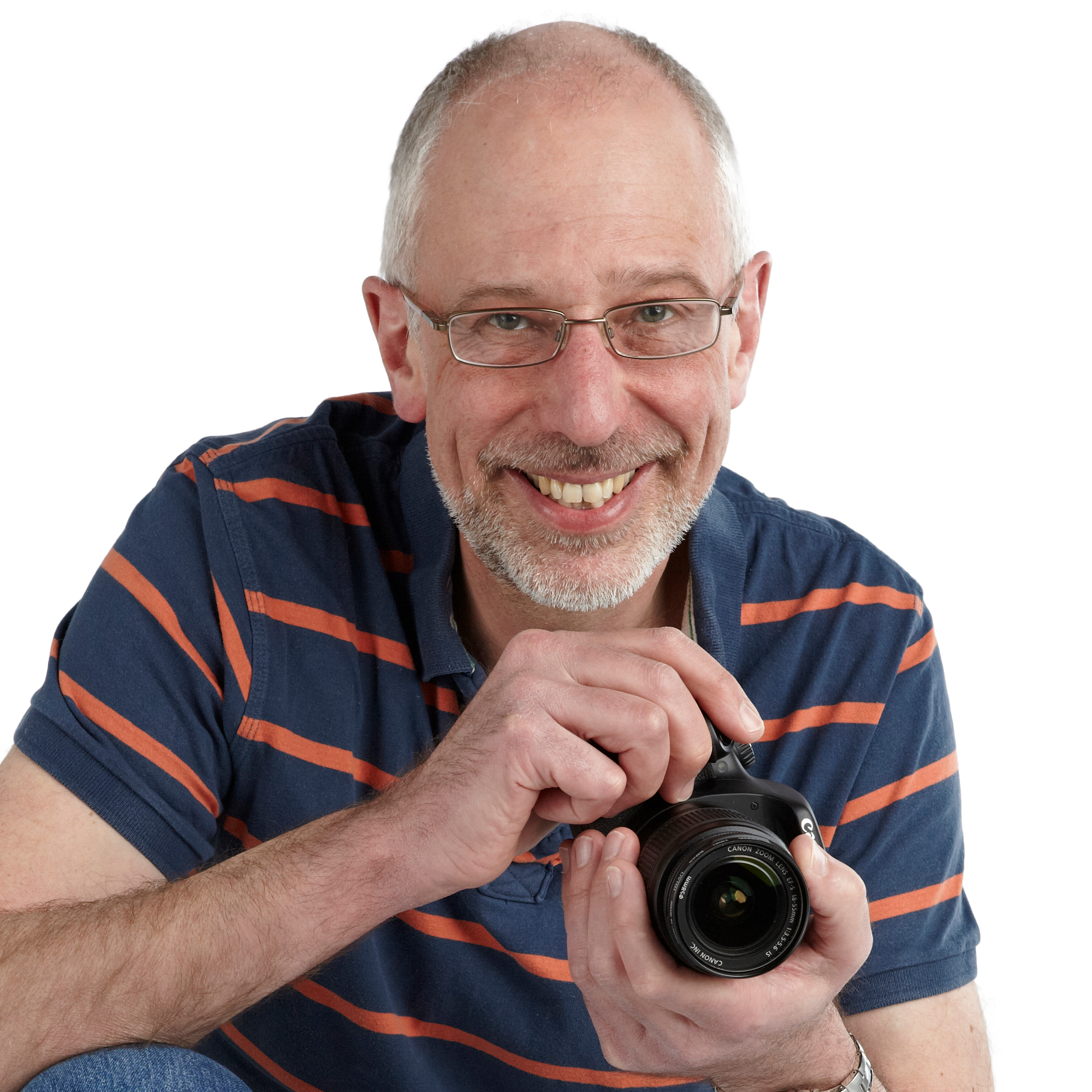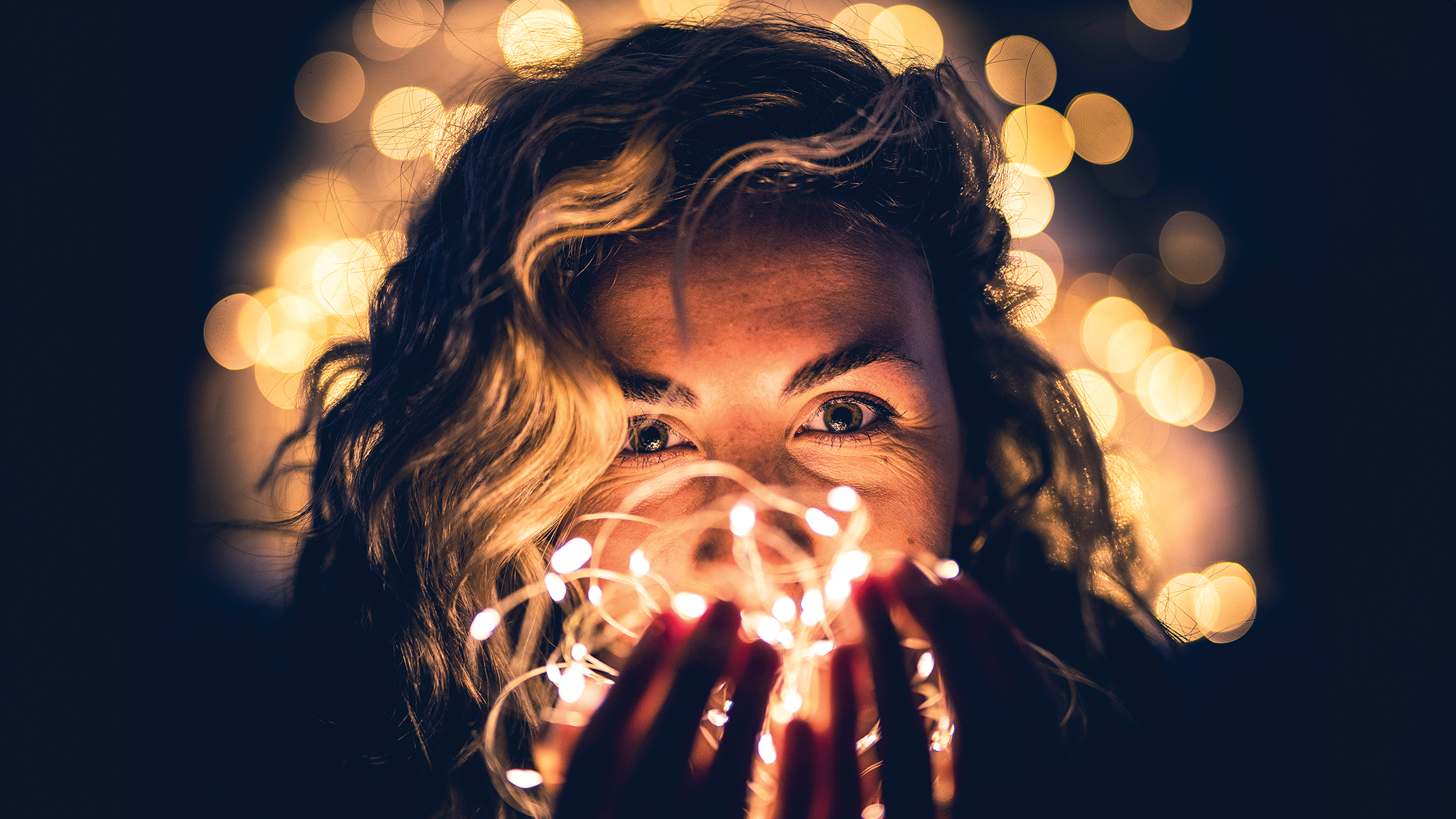The best lenses for concert photography in 2025
The best lenses for concert photography will support you at low-light music gigs and when shooting from the soundboard
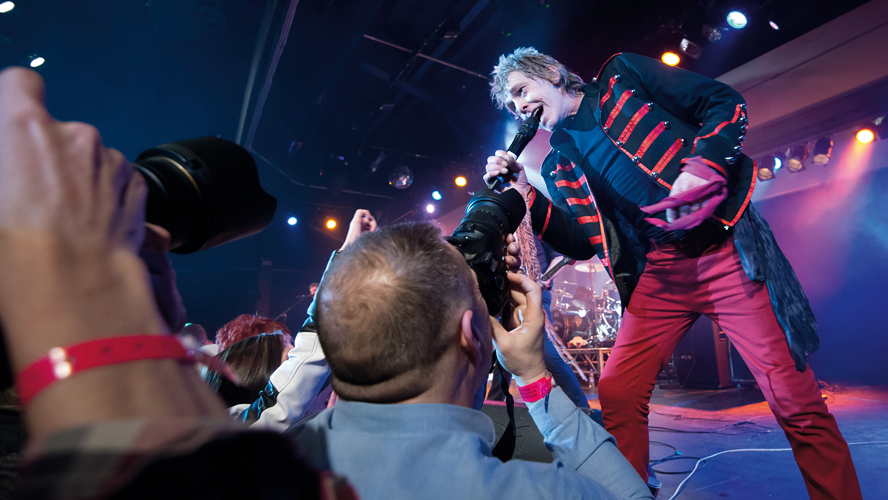
From small gatherings to large festivals, talented singers and bands know how to entertain. Concert photography has its challenges, with lighting often low, making ‘faster’ lenses with wide apertures essential. Aim for lenses with an f/2.8 aperture or faster to maintain reasonable shutter speeds without raising ISO too high. While fast lenses can be bulky and costly, smaller options provide a good balance of speed and portability.
Consider the scale of the event and your proximity to the stage. For small concerts, an 85mm f/1.8 lens is a great choice for full-frame cameras. For crop-sensor cameras, factor in the crop length. If you prefer a zoom lens, an f/2.8 standard zoom offers versatility, allowing you to capture wide shots and close-ups. Many newer compact and affordable options are available. Lastly, try a fisheye lens for a dramatic all-encompassing view. Here are my recommendations for prime, zoom, and fisheye lenses across various camera mounts.
Best Concert lenses for Canon EF
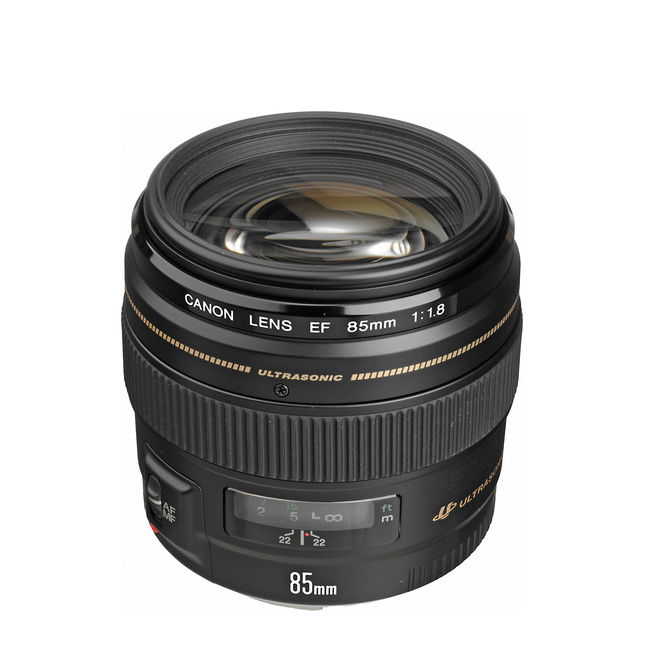
I owned this lens for a long time, and loved it. It only costs a fraction of the price of Canon’s f/1.4 L-series lens but is wonderfully compact, has fast autofocus and delivers superb image quality.
Read our full review
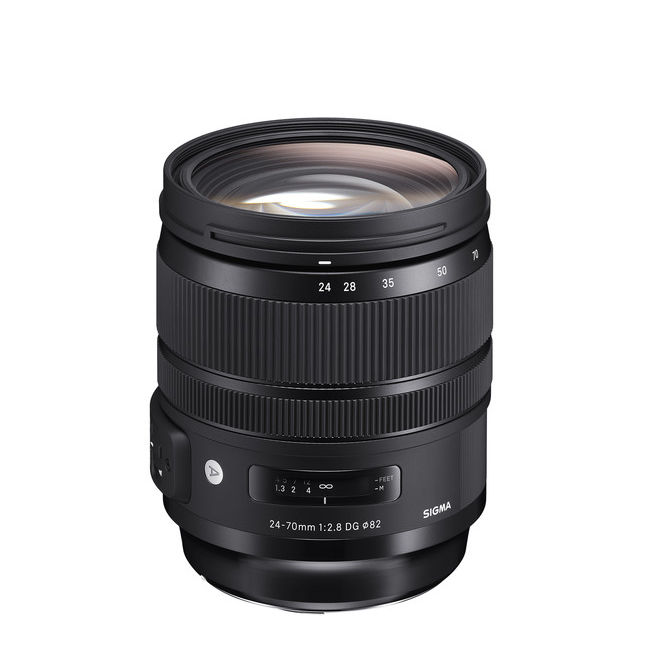
The top-flight Canon EF 24-70mm f/2.8L II USM is a fine lens but it’s expensive and lacks image stabilization, which I often like for concert photography. This Sigma is stabilized and costs about half the price.
Read our full review
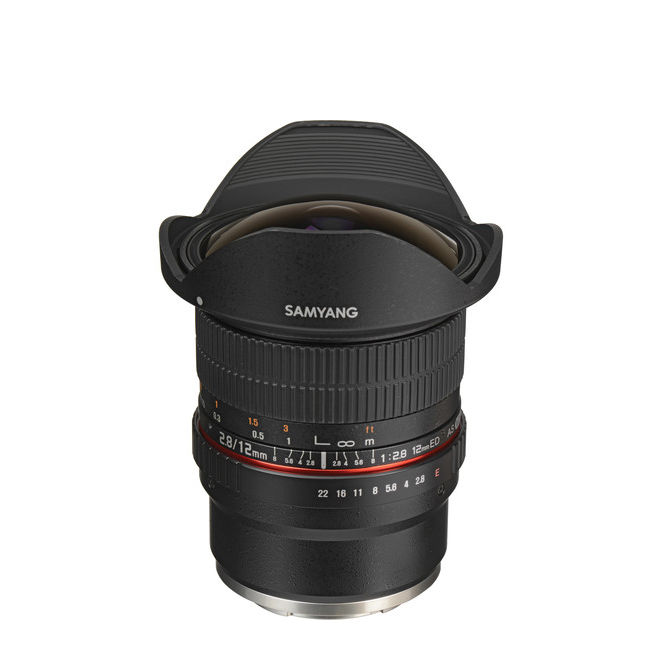
This diagonal fisheye lens is well built with an aluminum barrel. It’s nice and sharp but the Canon version has no onboard electronics. Even so, manual focusing is easy thanks to the huge depth of field.
Read our full review
Best concert lenses for Canon RF
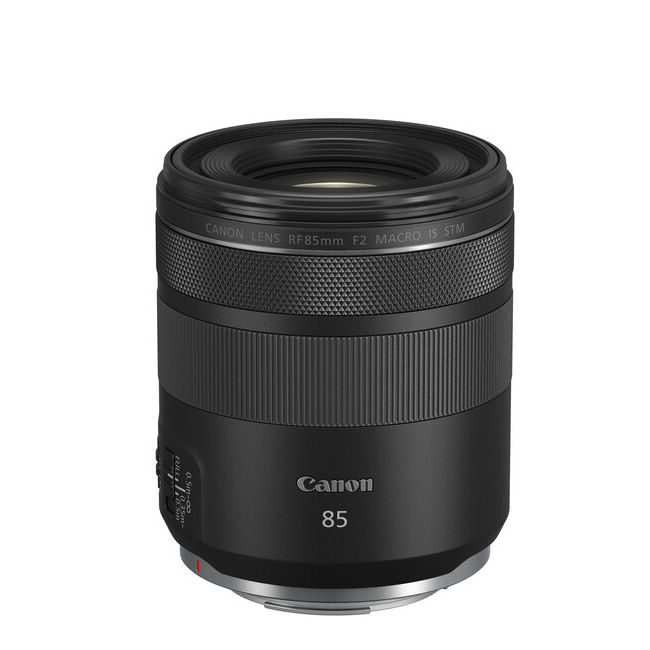
Superb image quality, fast autofocus, incredible stabilization and even a 0.5x macro capability make this one of the most versatile prime lenses I’ve ever used. It’s brilliant for concerts and portraiture, and great value at the price.
Read our full review
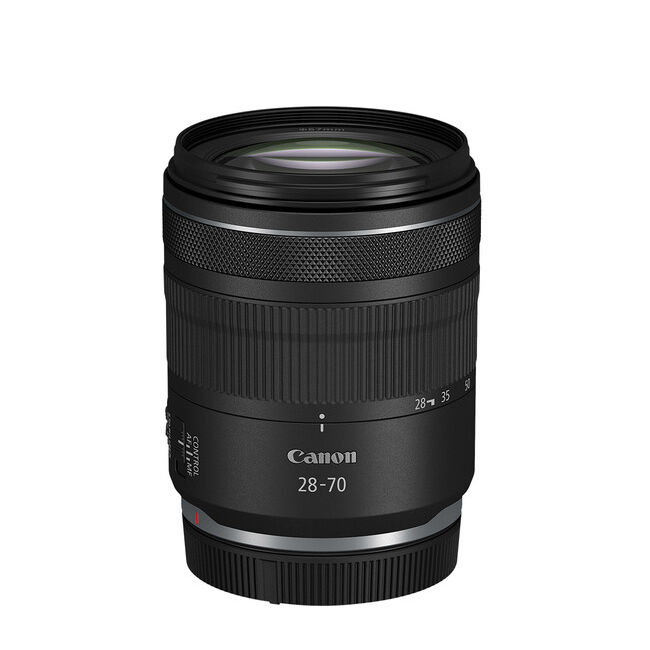
This RF lens follows the recent trend of alternative ‘trinity’ standard zooms that are smaller, lighter and more affordable. Even so, it features weather-seals and optical image stabilization, along with excellent performance.
Read our full review
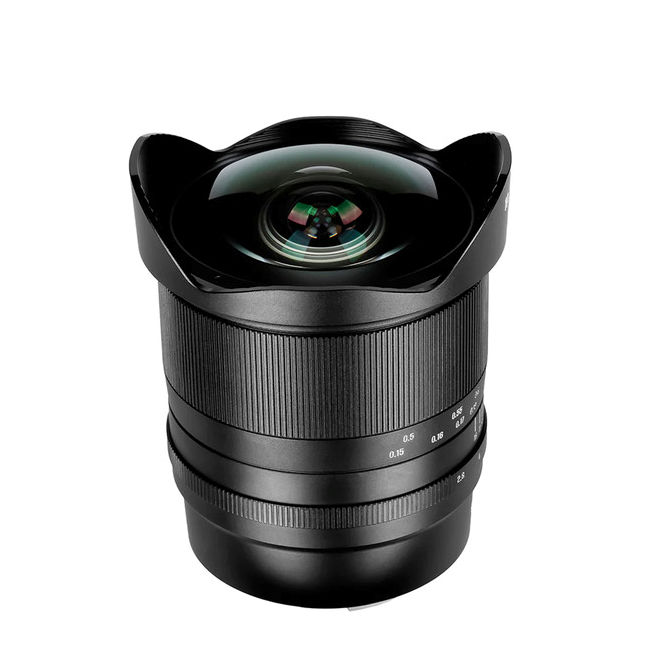
I bought the first edition of this lens because when I reviewed it, I found it was one of the sharpest fisheye lenses I’d ever used. The Mark II is even better and features ED (Extra-low Dispersion) glass. It’s a bargain.
Read our full review
Best Concert lenses for Nikon F
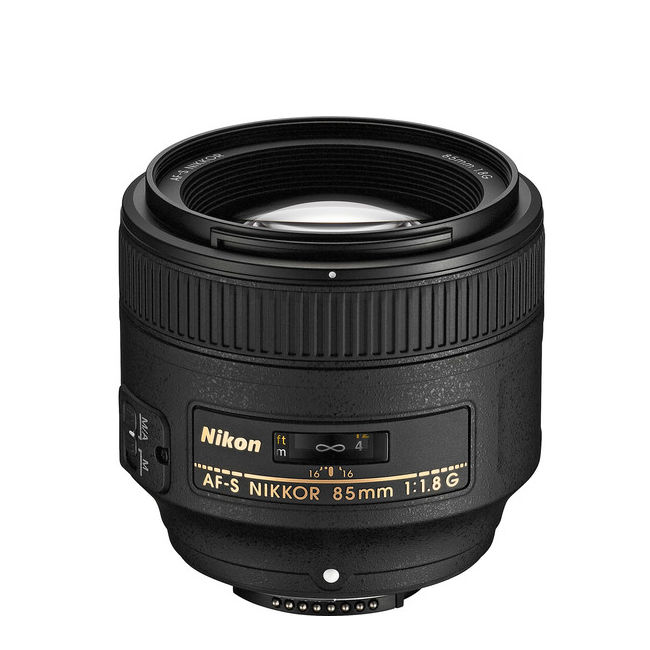
Small, fast and sharp, this lens is only about a third of the price of Nikon’s f/1.4 lens. It’s one of my all-time favorite Nikon lenses and I’ve met professional photographers who feel the same way about it.
Read our full review

The own-brand Nikon AF-S 24-70mm f/2.8E ED VR is frankly massive for a standard zoom. I’d buy this comparatively compact Sigma at half the price and in fact I did, and it served me very well before I went mirrorless.
Read our full review

Unlike the Canon EF-mount version of this lens, the Nikon F-mount edition includes electronics to enable a full range of PASM shooting modes, although it’s still a manual-focus lens. That’s no problem with a fisheye.
Read our full review
Best Concert lenses for Nikon Z
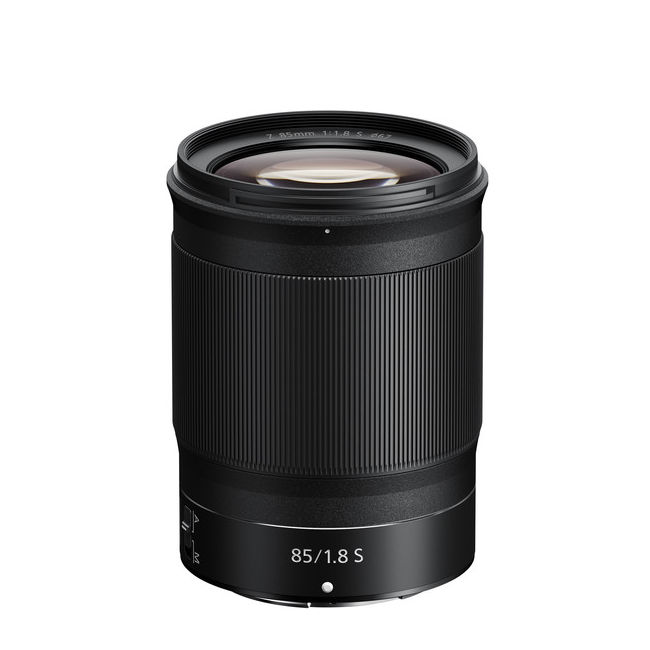
Nikon’s F-mount version of this lens was one of my favorites, until I discovered the newer Z-mount edition. It’s a fabulous lens that combines incredible sharpness and clarity with beautifully smooth bokeh.
Read our full review
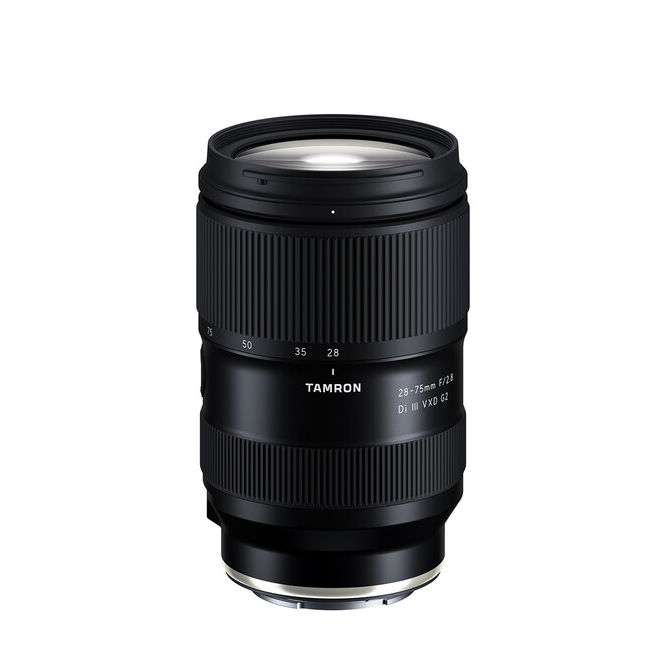
Nikon copied the original version for its lightweight Z 28-75mm zoom but the Tamron G2 (Generation 2) boasts uprated optics, faster autofocus and better handling with a customizable function button. It’s a winner!
Read our full review

With the typical 180-degree viewing angle on the diagonal, this ‘full-frame’ rather than circular fisheye uses the entire image sensor of the camera to deliver eye-popping images that are sharp right out to the corners.
Read our full review
Best Concert lenses for Sony E
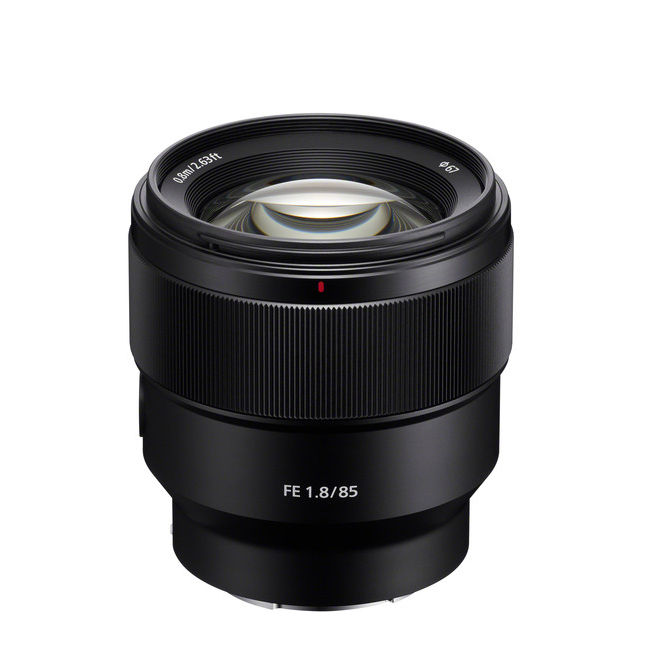
It’s not one of Sony’s G (Gold) or G Master lenses but it’s still a great performer and delivers excellent image quality. Further plus points are a relatively compact and lightweight build that includes weather-seals.
Read our full review

Tamron makes this lens in Nikon Z and Sony E mount options, whereas the original edition was only for E mount. The G2 is better in every way, from its autofocus performance and image quality to its more refined handling.
Read our full review

This is simply one of the best fisheye lenses I’ve ever used. It’s available in a wide variety of mount options and works brilliantly as a diagonal fisheye for full-frame cameras, Sony included, although it’s a manual-focus lens.
Read our full review
Best Concert lenses for Fujifilm XF
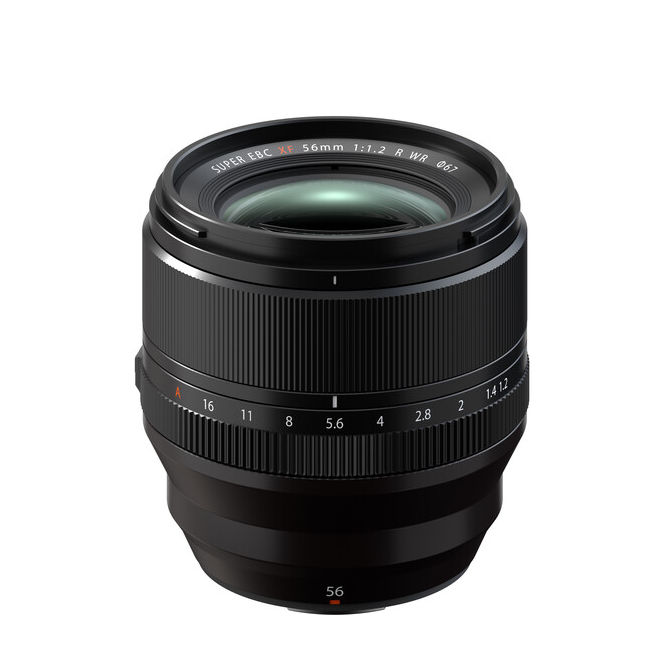
APS-C format cameras struggle more to get a tight depth of field, compared with full-frame cameras, but the super-fast f/1.2 aperture rating of this lens puts that to rights, as well as delivering an 85mm ‘effective’ focal length.
Read our full review
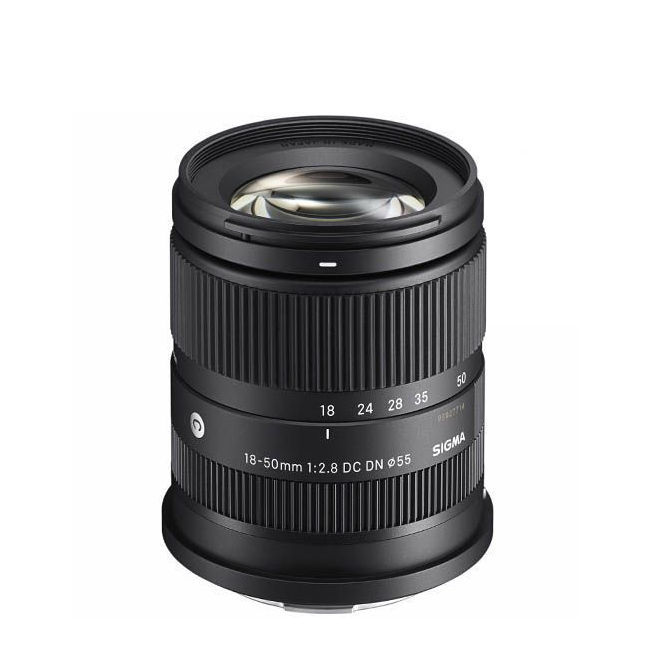
A small wonder from Sigma, this has a 27-75mm ‘effective’ zoom range in full-frame terms, along with a fast and constant f/2.8 aperture rating. It’s refreshingly compact, lightweight and affordable, and works a treat.
Read our full review
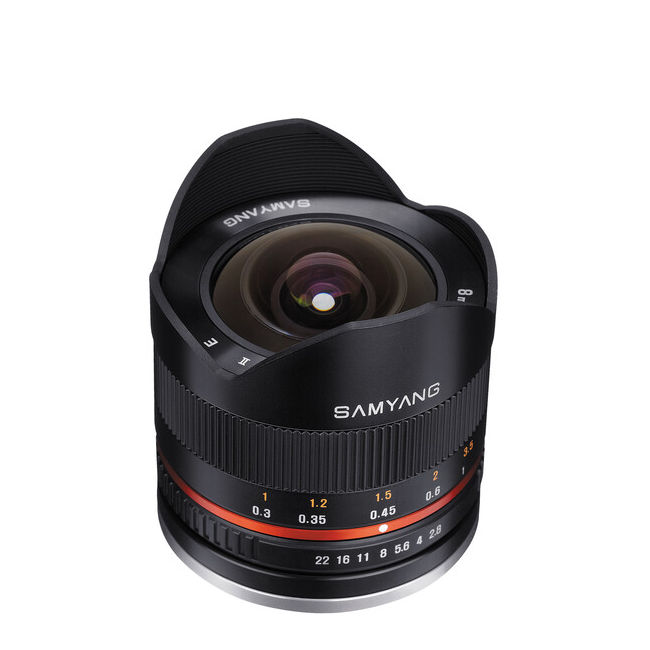
One of the good things about manual lenses is that manufacturers can create a really good optical design and easily adapt it to suit a wide variety of camera systems. This manual fisheye is just the ticket for Fujifilm X system cameras.
Read our full review
Best Concert lenses for Micro Four Thirds
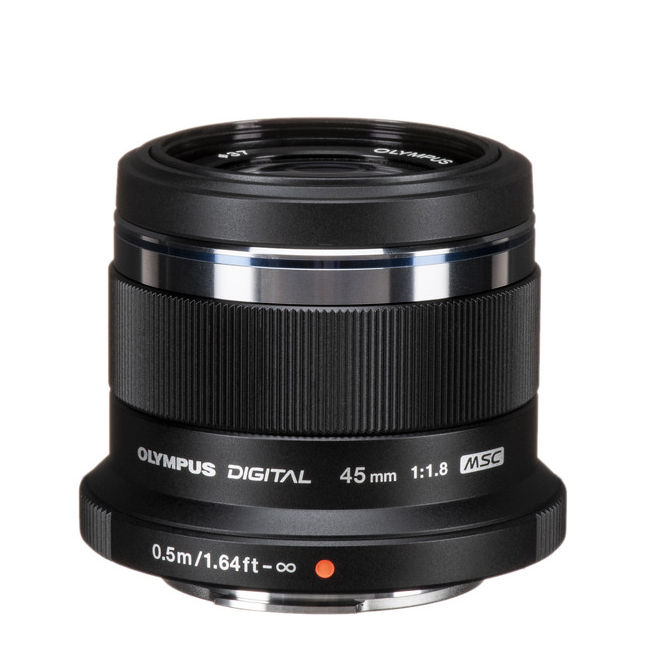
When my colleague reviewed this he called it ‘one of the lenses that defines the (OM) system’. I couldn’t agree more and love its ultra-compact construction, superb image quality and incredibly competitive selling price.
Read our full review
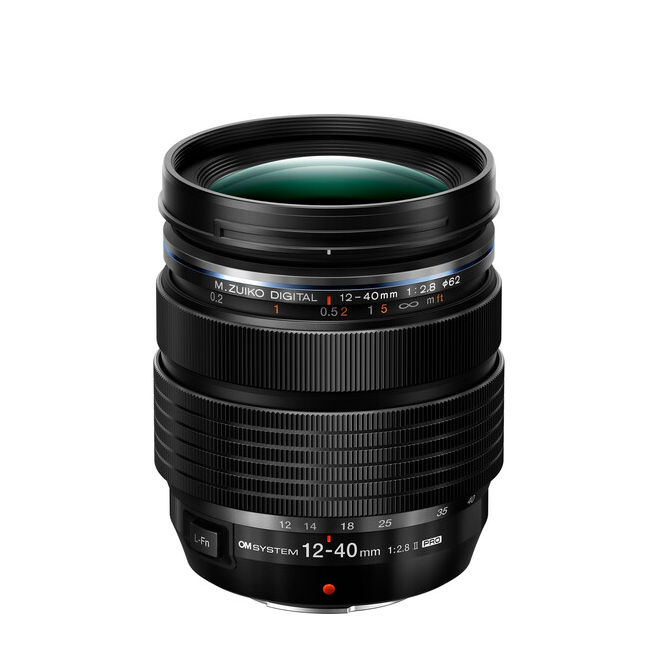
What could be better than a 24-70mm f/2.8 zoom? This one has the same fast and constant aperture but gives you an ‘effective’ 24-80mm zoom range in full-frame terms, with extra telephoto reach.
Read our full review
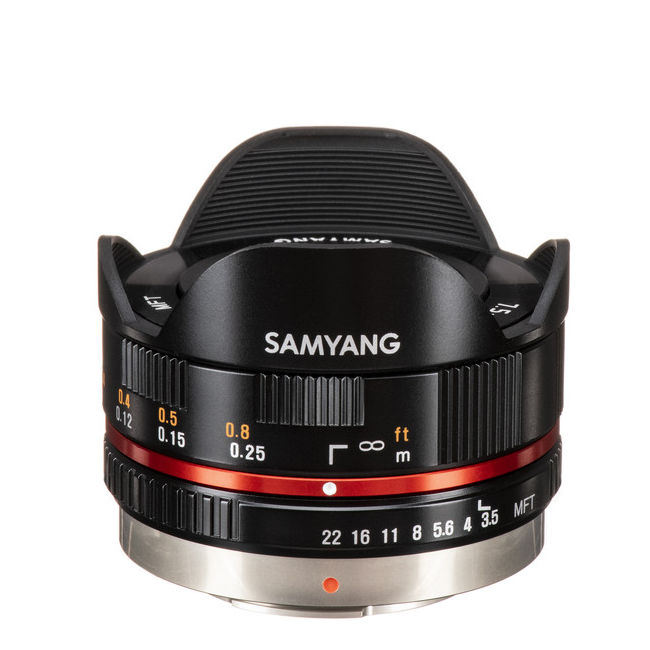
Fisheye lenses for the Micro Four Thirds system are comparatively few and far between but this diagonal fisheye from Samyang is a perfect fit. It’s a manual-focus lens but that shouldn’t cause any problems.
FAQs
Which lens do I need?
In most cases, the best lenses for concert photography are those that you're already familiar with. As constant lighting changes, moving subjects, and limited time (you can only shoot the first three songs!) will mean that you need to be pretty on the ball - and having a lens that you've used countless times will help you with this.
Top-end zooms will generally be used if your access limits you to shoot from the soundboards, sometimes referred to as the mixing desk, which can be in the center of the crowd or much further back towards the rear of the venue depending on capacity. If you're after a tightly cropped portrait of a musician then you might even need to invest in a telephoto.
There are options out there for a range of different mounts, manufacturers, budgets, and sensor sizes. You just need to plan ahead for what kind of images you'd like to get, and where you're allowed to go within the venue to get them, to determine which lenses you'll need to pack.
What are the rules of the photo pit
With all that in mind, there's just a few extra things you might need to know before diving into gig photography. Firstly, as mentioned above, most venues and shows will implement a 'first three, no flash' policy which means you cannot use any kind of flash whatsoever unless told otherwise, and you can only shoot the first three songs of a setlist for each band or artist.
There are a few different reasons why this rule exists, but it was primarily introduced in the 1980s to stop photographers from capturing artists once they start to melt and get all sweaty under the stage lights. And it's also to stop you from blocking the front row of the crowd all night and getting in the way of security.
It's also important to be hyper-aware of your surroundings at all times, that includes not blocking other photographers who are in the pit with you, keeping an eye on crowd surfers, and protecting your gear from air-borne alcohol.
Aside from that, have fun!
How we test lenses
The lens experts in our testing lab run a range of tests under controlled conditions, using the Imatest Master testing suite. Photos of test charts are taken across the range of apertures and zooms (where available), then analyzed for sharpness, distortion and chromatic aberrations.
We use Imatest SFR (spatial frequency response) charts and analysis software to plot lens resolution at the centre of the image frame, corners and mid-point distances, across the range of aperture settings and, with zoom lenses, at four different focal lengths.
There's more to it than just the technical side, though! Beyond the lab, our reviewers test lenses in real-world environments – and sometimes on professional shoots! We work with lenses both indoors and outdoors, in studio conditions and in natural light, with as many different subjects as is possible (or appropriate – there's no point testing a landscape lens' ability to shoot a portrait!).
We take into account everything from handling and ease of use to speed of autofocus and the overall quality of the images produced.
Find out more about how we test and review on Digital Camera World
The best camera deals, reviews, product advice, and unmissable photography news, direct to your inbox!
Matthew Richards is a photographer and journalist who has spent years using and reviewing all manner of photo gear. He is Digital Camera World's principal lens reviewer – and has tested more primes and zooms than most people have had hot dinners!
His expertise with equipment doesn’t end there, though. He is also an encyclopedia when it comes to all manner of cameras, camera holsters and bags, flashguns, tripods and heads, printers, papers and inks, and just about anything imaging-related.
In an earlier life he was a broadcast engineer at the BBC, as well as a former editor of PC Guide.
- Beth NichollsFreelance contributor
